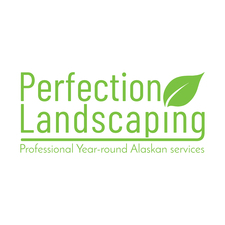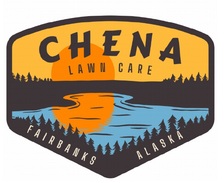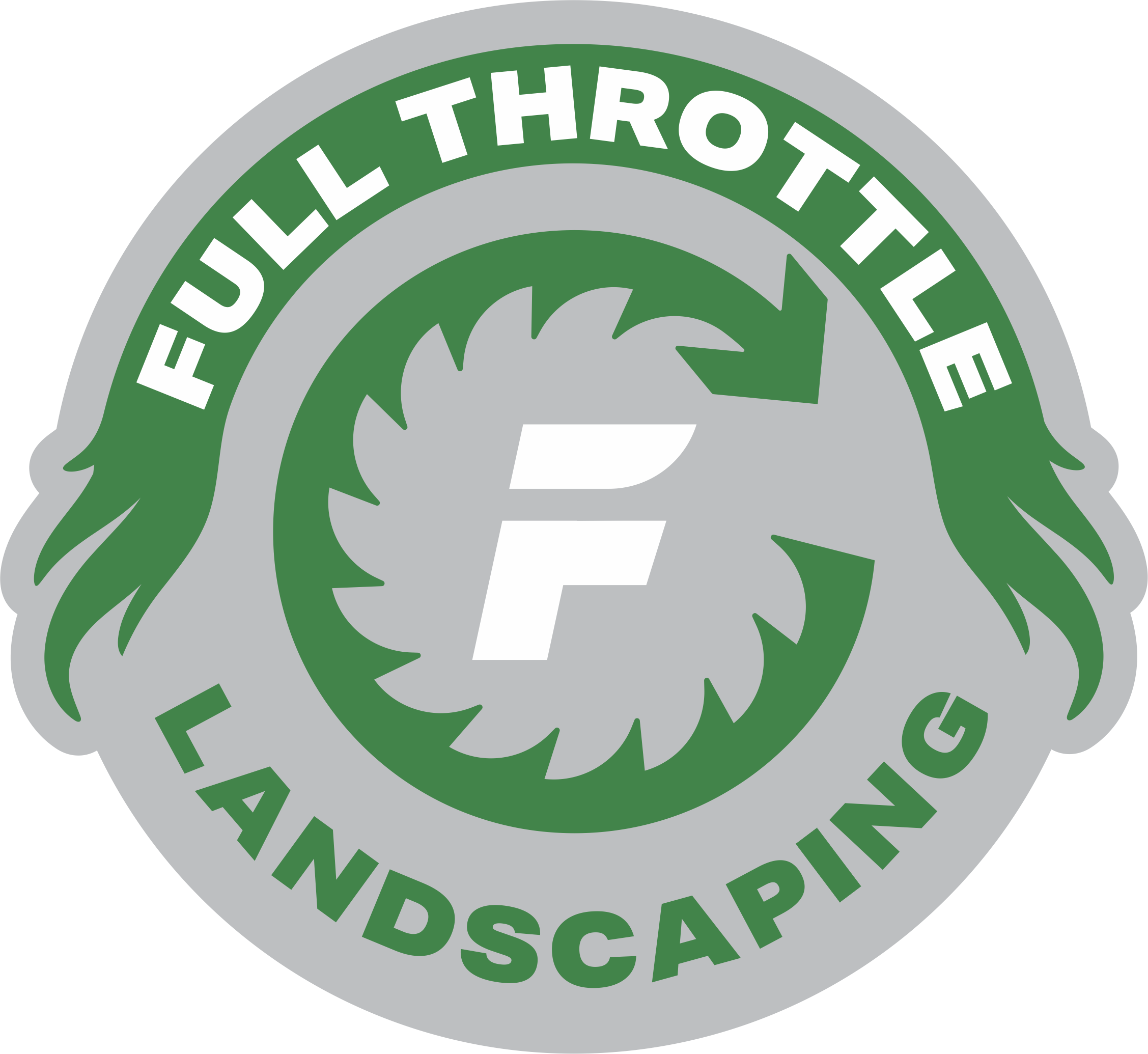
Get matched with top lawn irrigation specialists in Nome, AK
Enter your ZIP and get matched with up to 5 pros
Need a pro for your lawn irrigation project in Nome, AK?
Verified Reviews for Lawn Irrigation pros in Nome, AK
*The Angi rating for Lawn Irrigation companies in Nome, AK is a rating based on verified reviews from our community of homeowners who have used these pros to meet their Lawn Irrigation needs.
*The HomeAdvisor rating for Lawn Irrigation companies in Nome, AK is a rating based on verified reviews from our community of homeowners who have used these pros to meet their Lawn Irrigation needs.
Last update on December 04, 2025
Find Lawn irrigation specialists in Nome
No results for Lawn irrigation specialist in
Try adjusting your search criteria.The Nome, AK homeowners’ guide to lawn irrigation services
From average costs to expert advice, get all the answers you need to get your job done.
 •
•Discover the average outdoor misting system cost, key price factors, and ways to save. Get transparent, expert-backed estimates for your installation.

Discover drip irrigation system cost estimates, key price factors, and ways to save. Get transparent pricing to plan your home irrigation project confidently.

If your sprinkler system isn’t working, it may be time for a new pump. Find out sprinkler pump replacement costs with this guide.

Irrigation controller on the fritz? Here’s how to tell whether your sprinkler controller is bad—and some steps to take to mitigate the problem.

Inspecting and cleaning your French drain regularly is important for its function and longevity. Learn all about French drain maintenance.

Can an irrigation system leak if turned off? It unfortunately can. We’ll show you eight signs to watch for that indicate a leak in your irrigation system.
- Roofing in Nome
- Roofing in Nome
- Kitchen And Bath Remodeling in Nome
- Home Builders in Nome
- Windows in Nome
- Excavating in Nome
- Contractor in Nome
- Siding in Nome
- Concrete Repair in Nome
- Garage Builders in Nome
- Moving in Nome
- Handyman Service in Nome
- Countertops in Nome
- Roofing in Nome
- Handyman Service in Nome
- Windows in Nome
- Contractor in Nome
- Home Builders in Nome
- Moving in Nome
- Kitchen And Bath Remodeling in Nome
- Concrete Repair in Nome
- Garage Builders in Nome
- 🌱 "Mow a small front yard"
- 🛠 "Fix a leaking pipe under the sink"
- 🏠 "Repair shingles on an asphalt roof"



